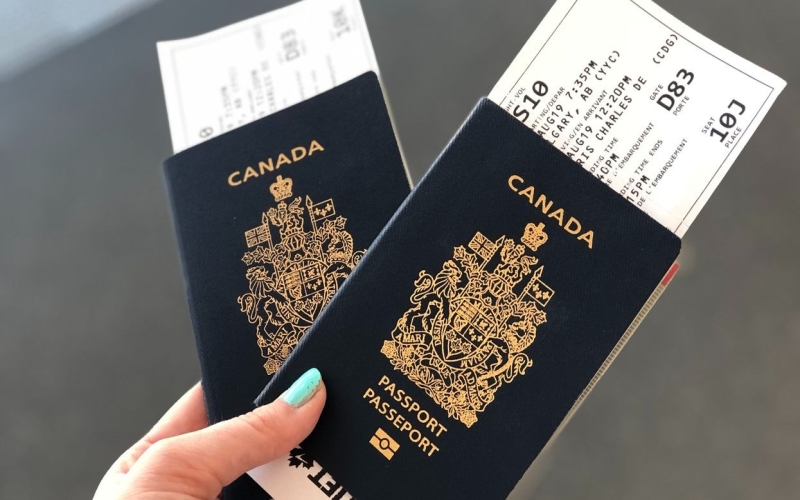Step into the past and witness the fascinating journey of passport photos through the years. From the basic black-and-white beginnings to the high-tech era of facial recognition, these snapshots tell a tale of how our ideas about identity and travel have transformed. Join us on a stroll through the decades, exploring the captivating evolution of passport photos and the hidden stories behind these small yet powerful images.
1915: The Beginning
The evolution of passport photos can be traced back to the late 19th century when the need for standardized identification became apparent with the rise of international travel. The first passport including a photograph was introduced in 1915.
Before this, passports contained a brief description of the passport holder’s appearance, such as eye or hair color, height, and distinctive features like scars or birthmarks. However, these early passports lacked regulations and standardization, which led to a variety of issues, including unflattering portrayals and difficulties in identifying passport holders.
1930: Regulation Starts
The New York Times published an article criticizing the unflattering nature of passport photos, which were often cut out of group photos or showed people wearing religious garb or hats. This led to some improvements in the way passport photos were taken and regulated.
1940: Everyone Is Unique
1940s: The United States introduced individual security numbers for passports, which increased awareness of identity verification documents.
1960: Standardization
1960s: The concept of a standardized passport photograph, similar to what we know today, began to take shape.
Today
Today, passport photos are subject to strict regulations and standards, ensuring that they are reliable and easy to identify. This evolution has made the passport photo an essential part of modern travel and security systems.
Passport Photo Requirements: Then and Now
Then
The earliest requirements for passport photos were not standardized and varied from country to country. Before the introduction of passport photos, passports briefly described the passport holder’s appearance, such as eye or hair color, height, and distinctive features like scars or birthmarks.
The first passport including a photograph was introduced in 1915 after a German spy managed to obtain a US passport and travel to the UK under an alias. The absence of official regulations meant that each country had its unique approach, and there were no clear instructions about the dimensions of the photo or the specific way it should be captured.
The sole criterion for acceptance was whether the photo fit within the confines of the passport. The earliest passport photos were black and white and bore the somewhat fantasized tint of the period’s photographic prints. The photos were loosely attached with staples and stamped along with the document to discourage tampering.
Now
The current requirements for passport photos, particularly in the United States, are governed by strict regulations to ensure that the photos are a clear and current representation of the applicant’s image. Some of the key requirements include:
- The photograph must be taken within the past six months to be a good likeness of and satisfactorily identify the applicant at the time of the application.
- The International Civil Aviation Organization (ICAO) has set international specifications for the placement and size of the passport photograph.
- Passport photos must be a “good likeness” and “satisfactorily identify the applicant,” as per 22 CFR 51.26.
- The photos must be in color and printed on matte or glossy photo-quality paper.
- The background must be plain white or off-white.
- The applicant must have a neutral facial expression, and both eyes must be open.
These requirements ensure that passport photos are reliable for identification and meet international standards.
Though the standards are stricter now, taking a proper passport picture is now easier than ever. With just your phone and some good planning, you could take a passport picture from the comfort of your own home.
Understanding the history of the photo and the process, the humble passport photo emerges as more than just a documentation requirement. It becomes a mirror reflecting the changing face of our world—technologically, culturally, and globally. From the simplicity of early snapshots to the intricacies of today’s biometric marvels, each passport photo is a time capsule, encapsulating the spirit of its era.

